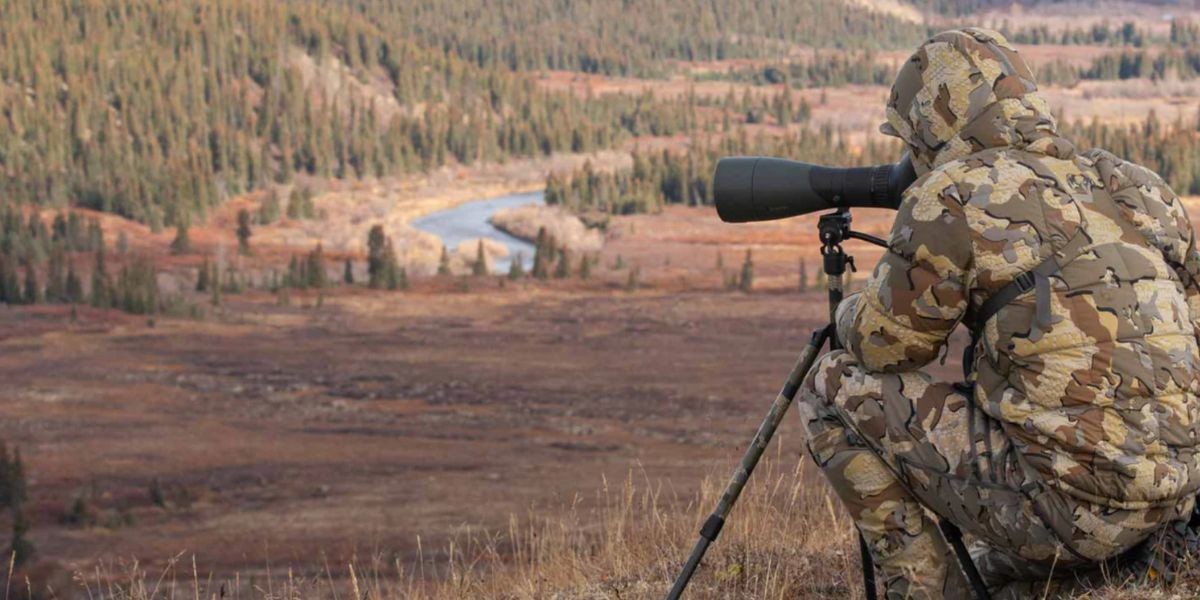Welcome to the West; where elk bugles echo through the timber, mule deer slip through the sagebrush, and antelope race across the open prairie. For 48 years, SNS Outfitter & Guides has led big game hunters into the wild beauty of Wyoming and Montana, helping them turn dreams into unforgettable memories. Whether you're booked for a fall hunt or simply living for the moment you finally get out West, this video brings the action, scenery, and spirit of hunting season straight to your screen. El...
We receive a great deal of questions each year about the proper clothing to bring on a Wyoming hunt. While the elevation and terrain may vary drastically from our high country mule deer and elk hunts, to our open country antelope hunts, one thing remains true: on these high prairies and rocky mountain slopes, conditions can change in the blink of an eye. Hunters must be prepared for a wide range of conditions from hot and dry to freezing cold and wet.
With such a wide range of autumn weather possibilities here in the Rockies, how should hunters prepare? The key is dressing in layers that allow the hunter to adapt to daily changes in the weather. For example, instead of bringing one heavy winter jacket, we recommend bringing lightly insulated items that can be mixed and matched.
SNS Outfitter & Guides is a permittee of the Bridger Teton National Forest, Greys River District & Thunder Basin National Grasslands as well as the Bureau of Land Management.
Outfitter Web Site Design by Waves Web Design.


